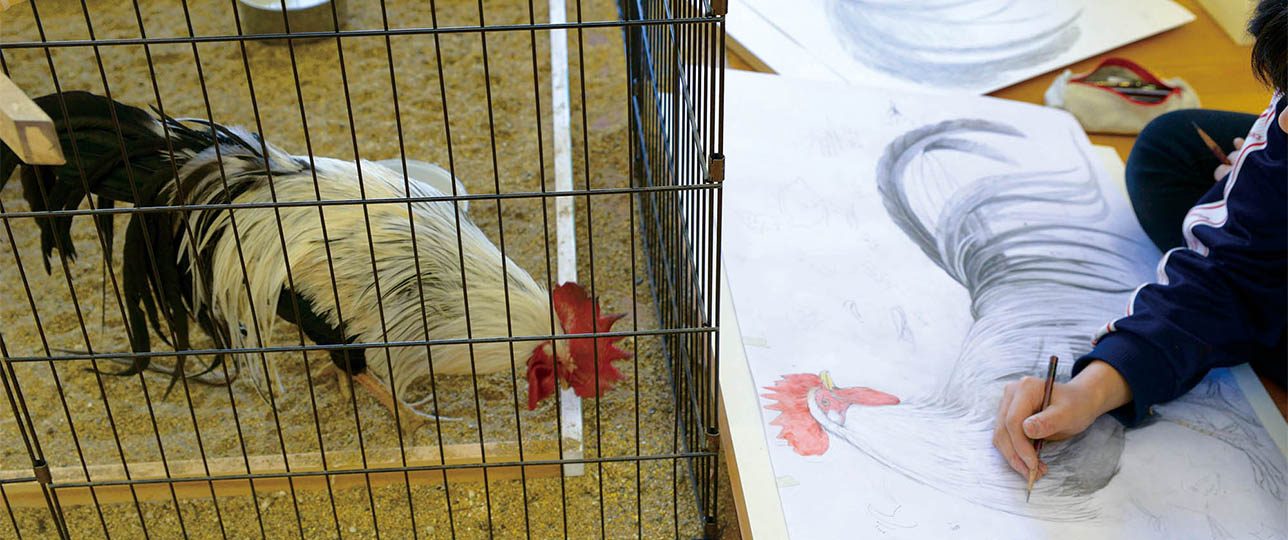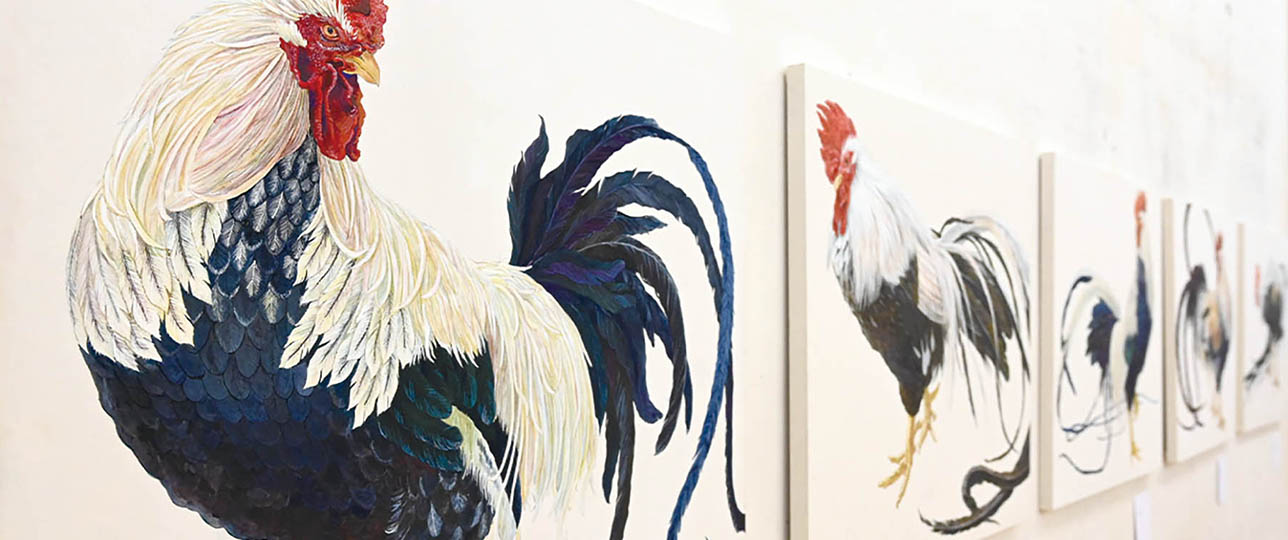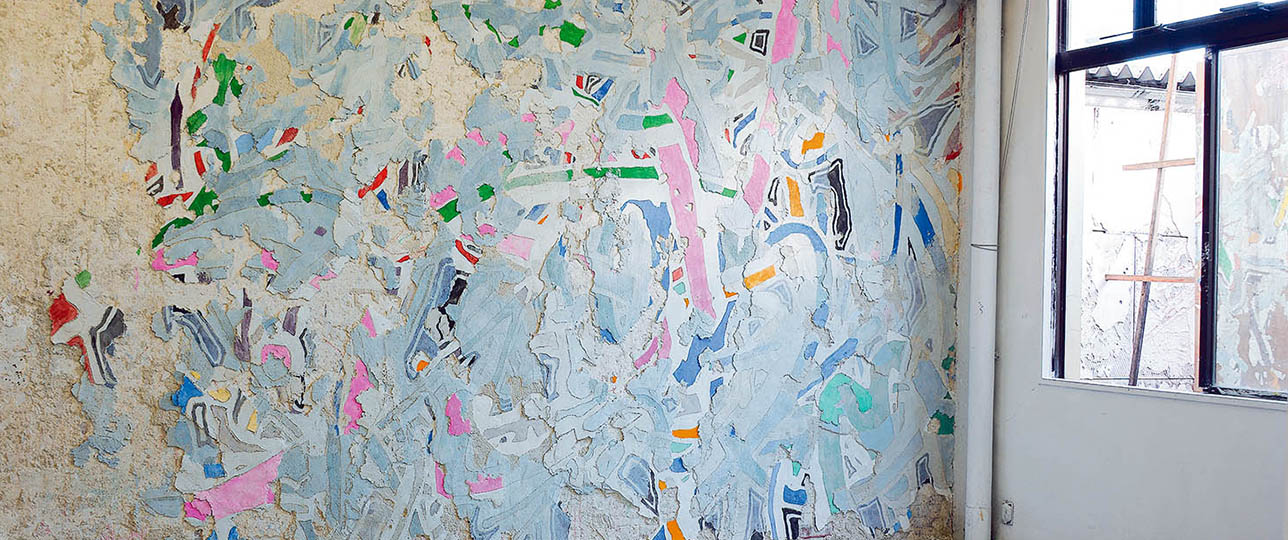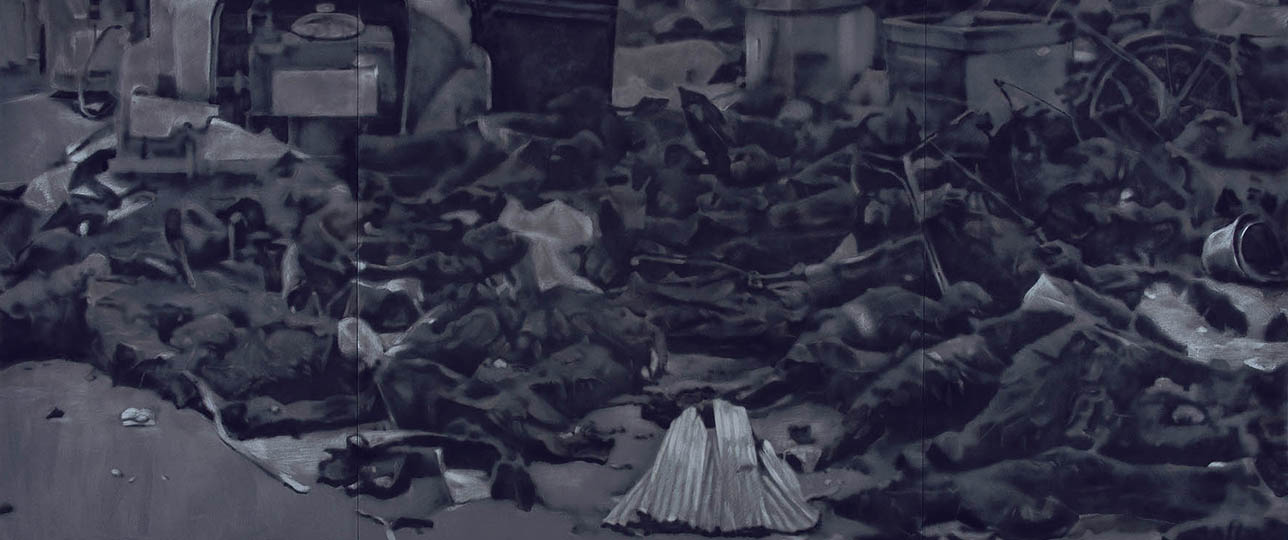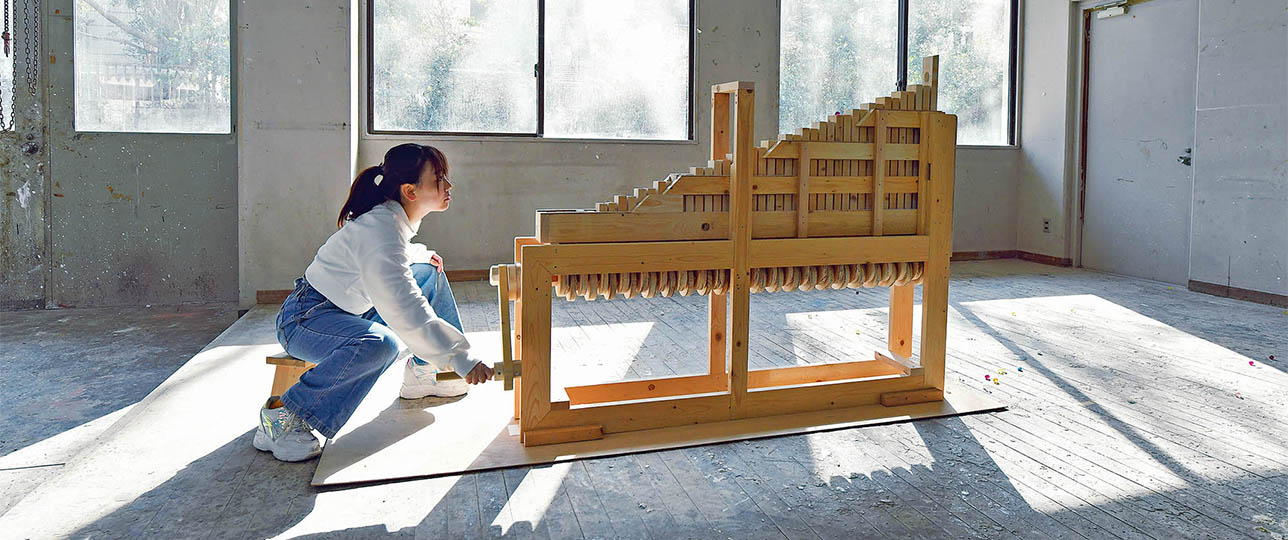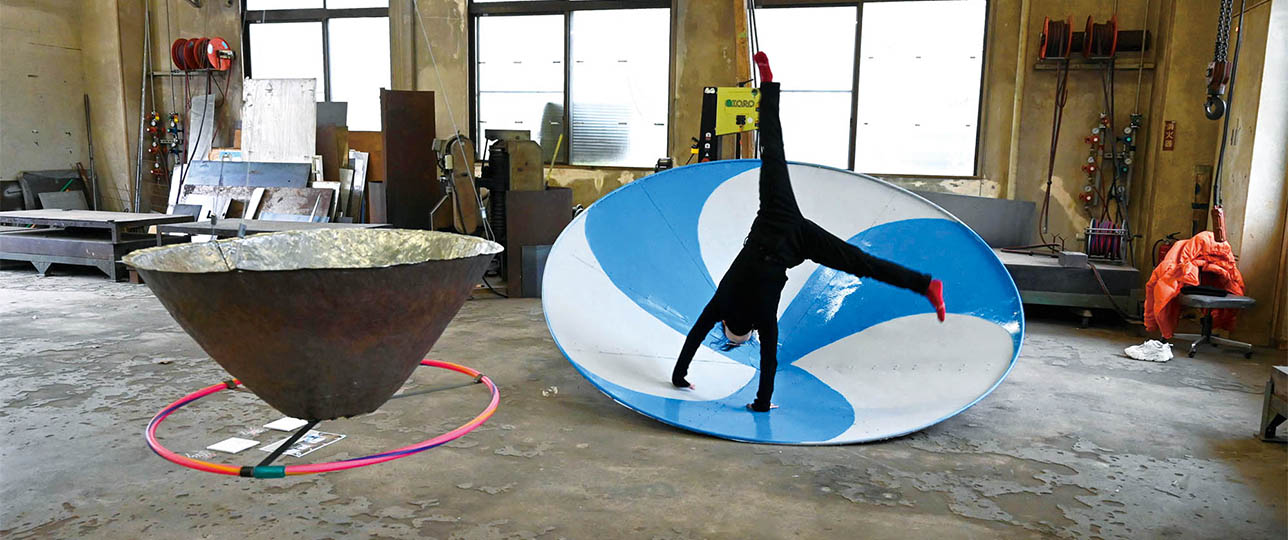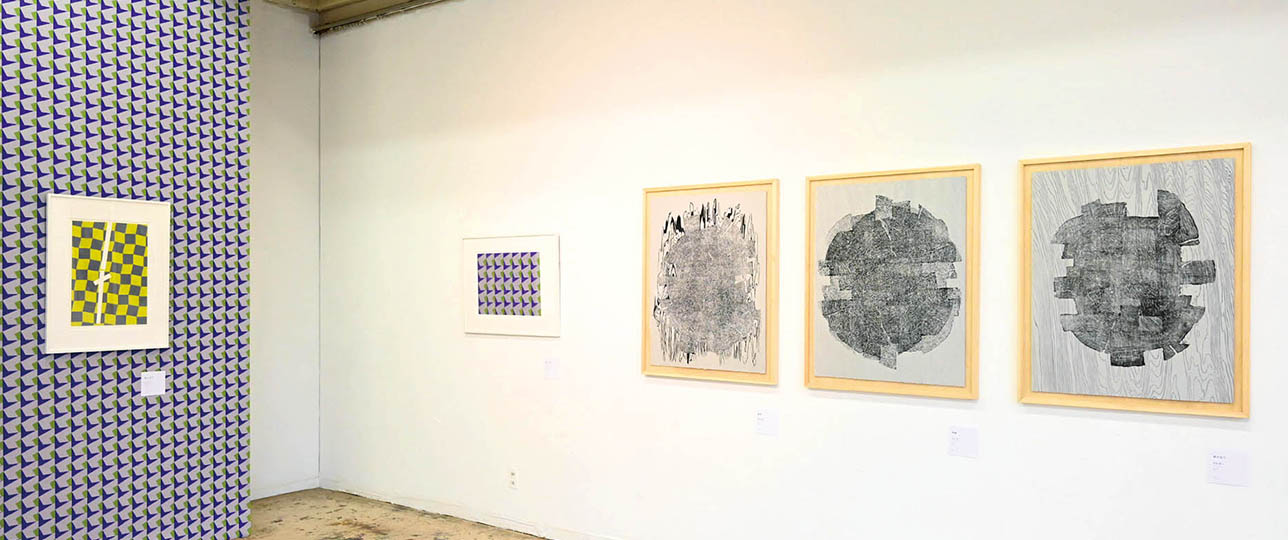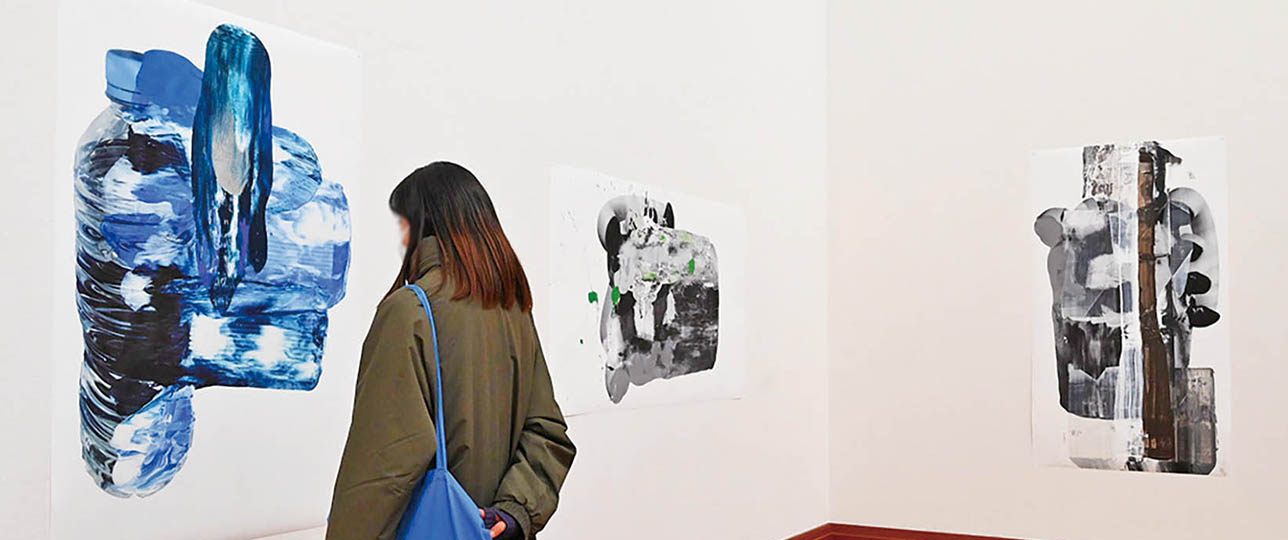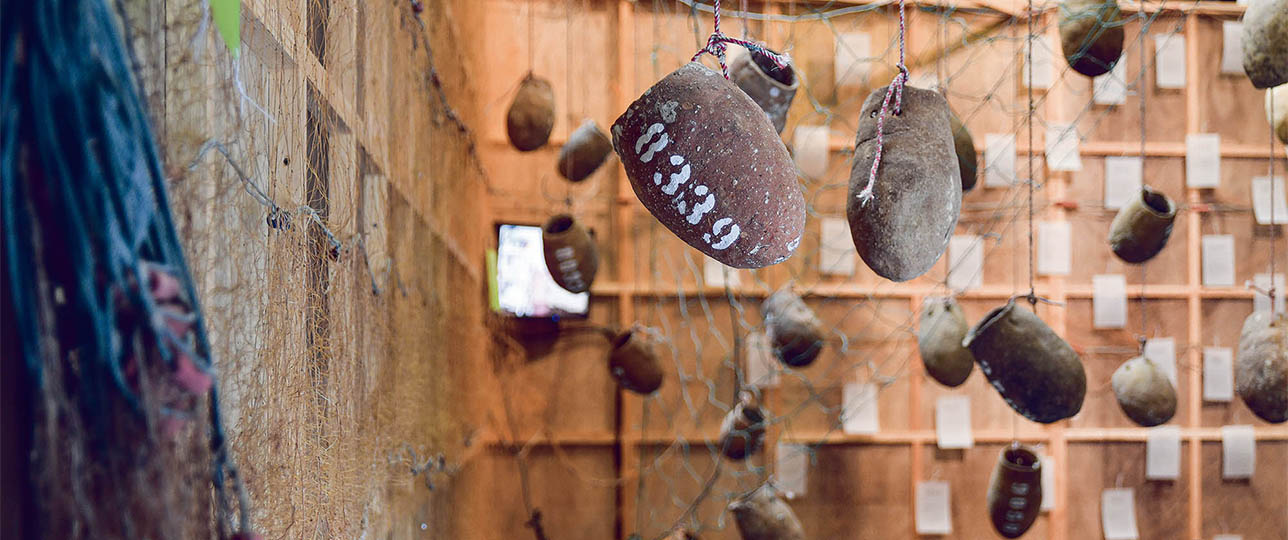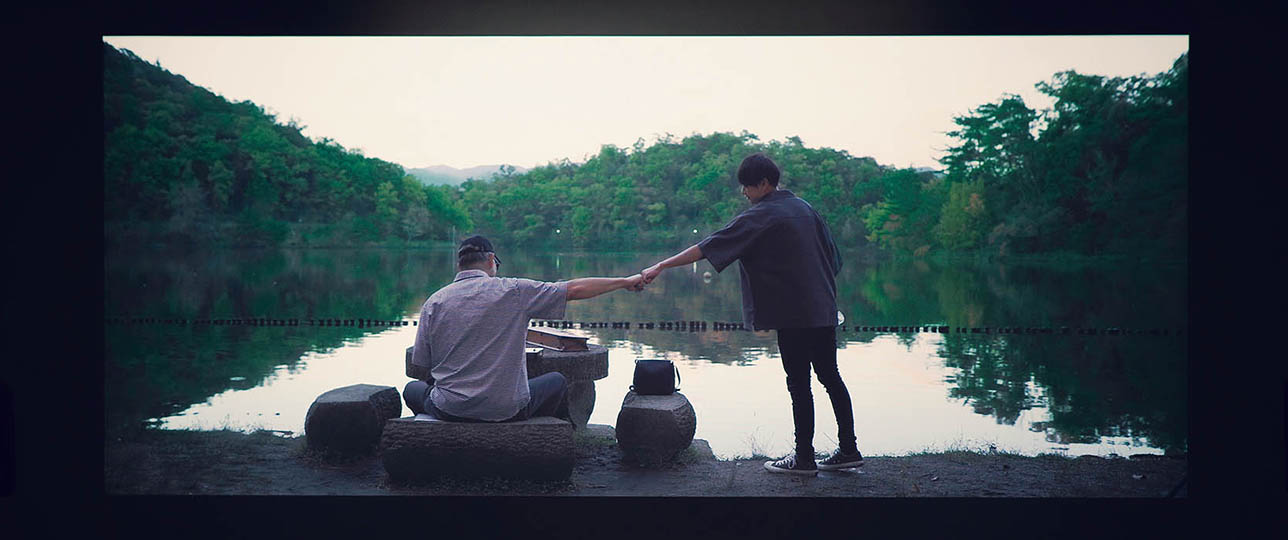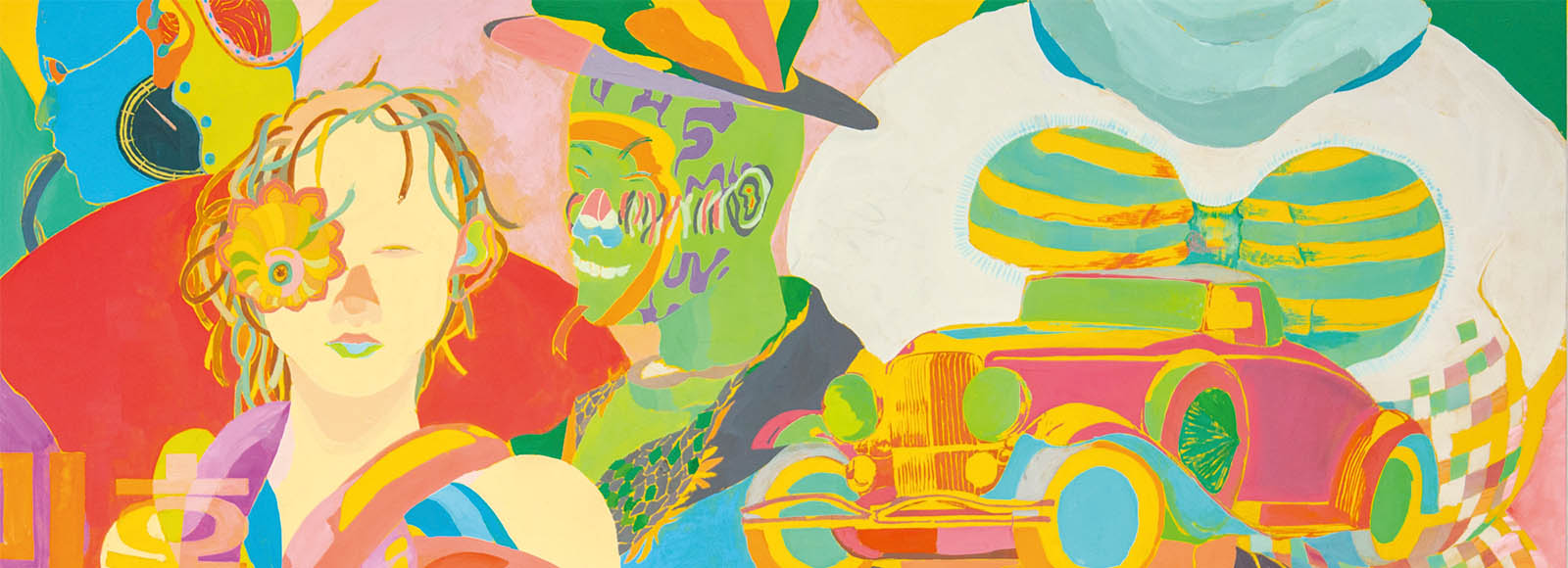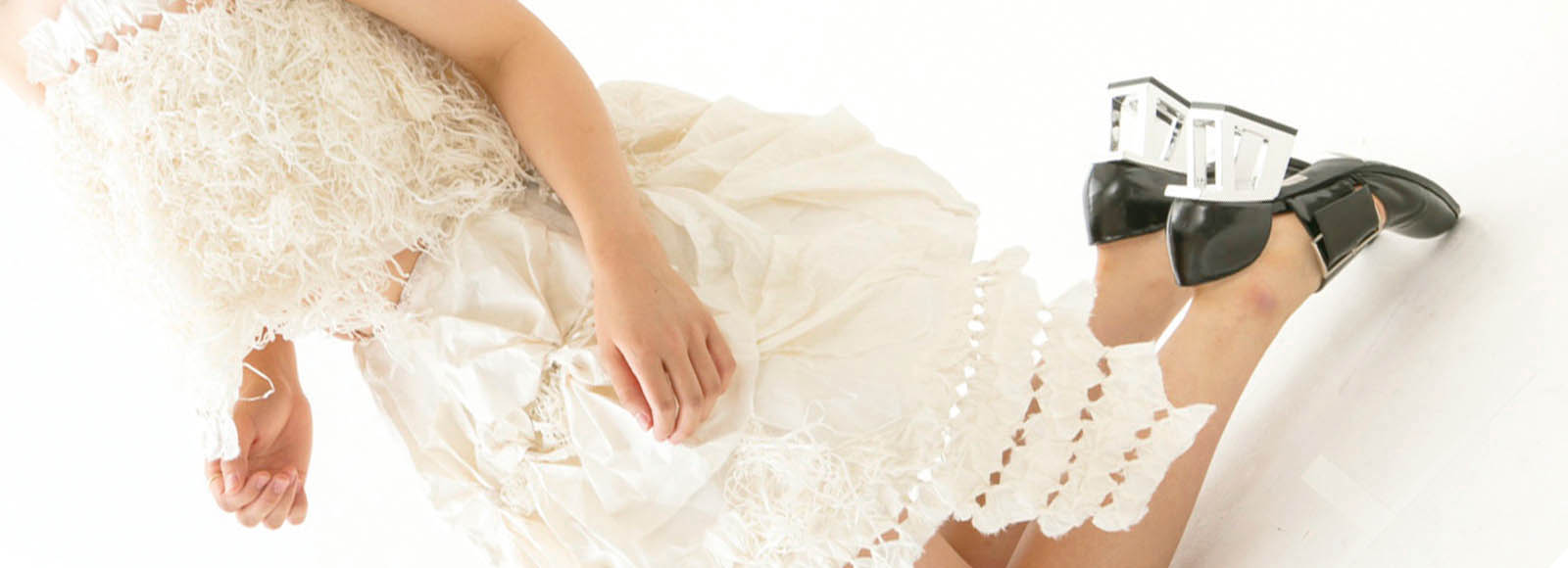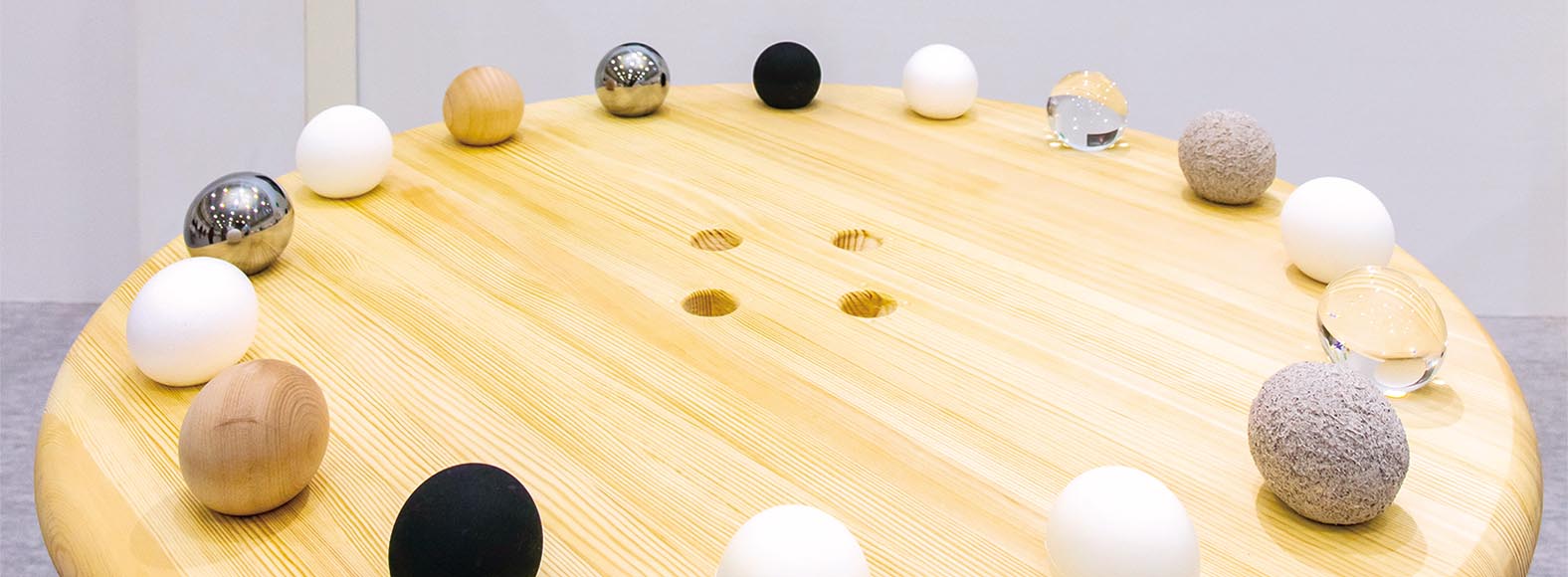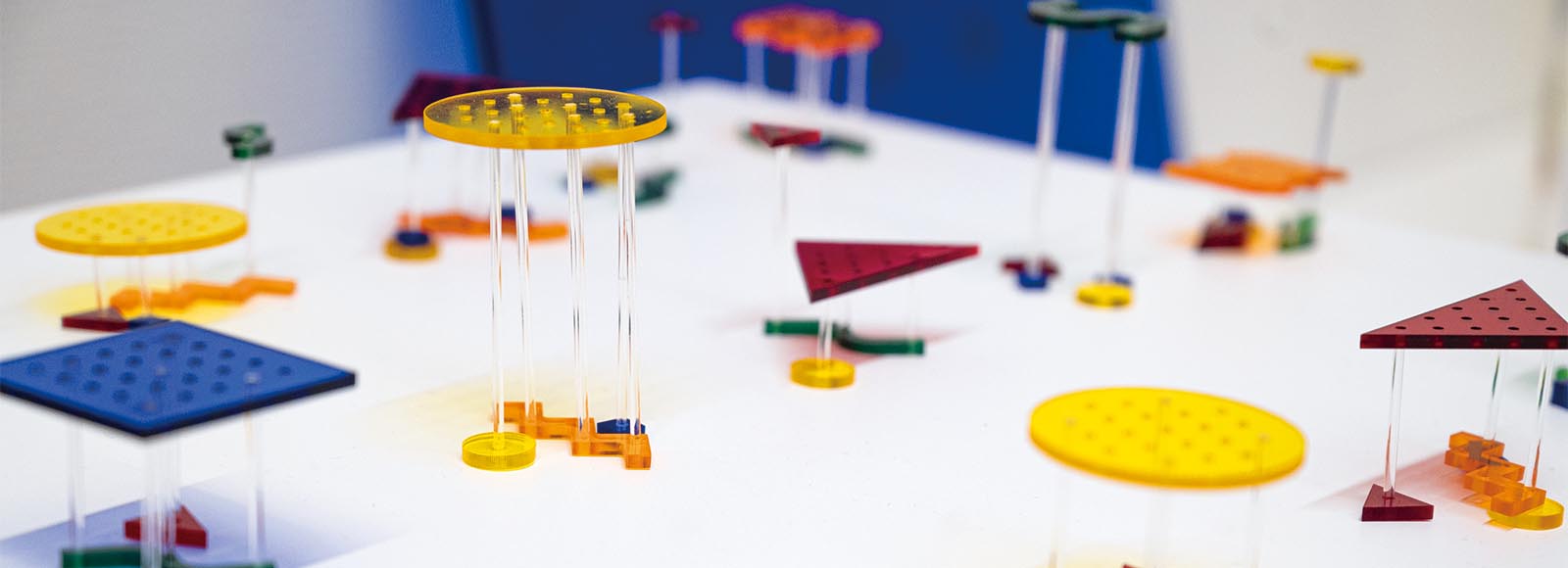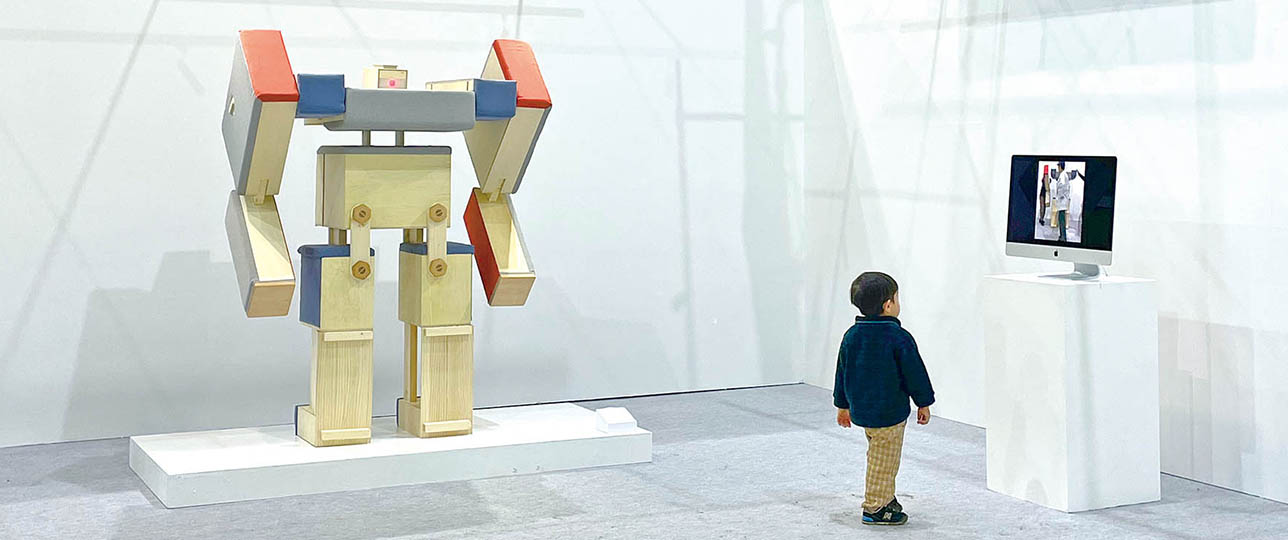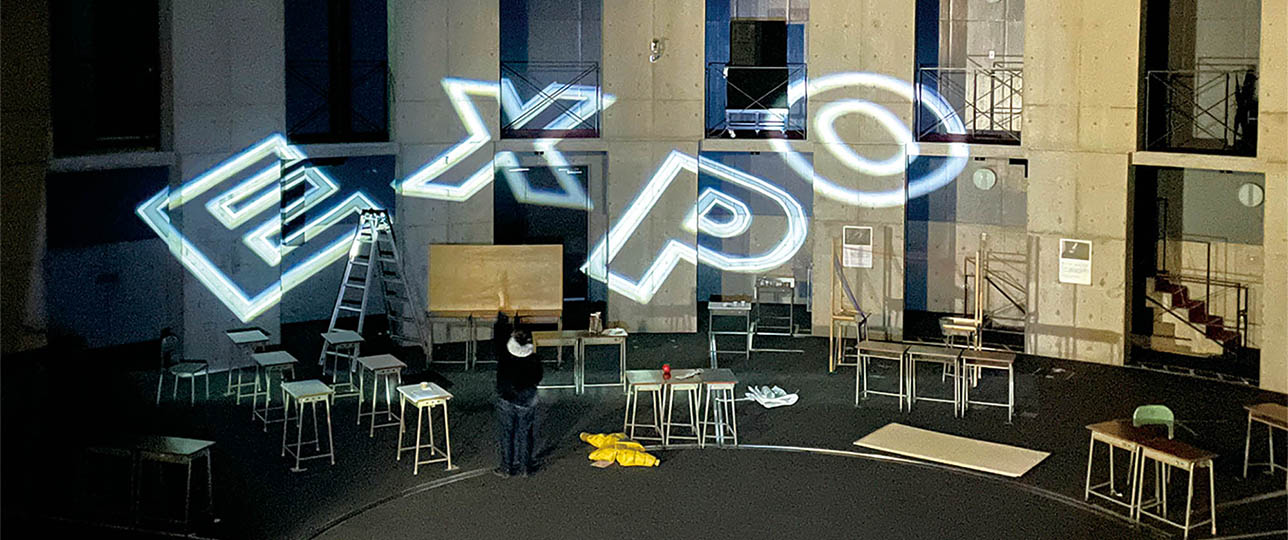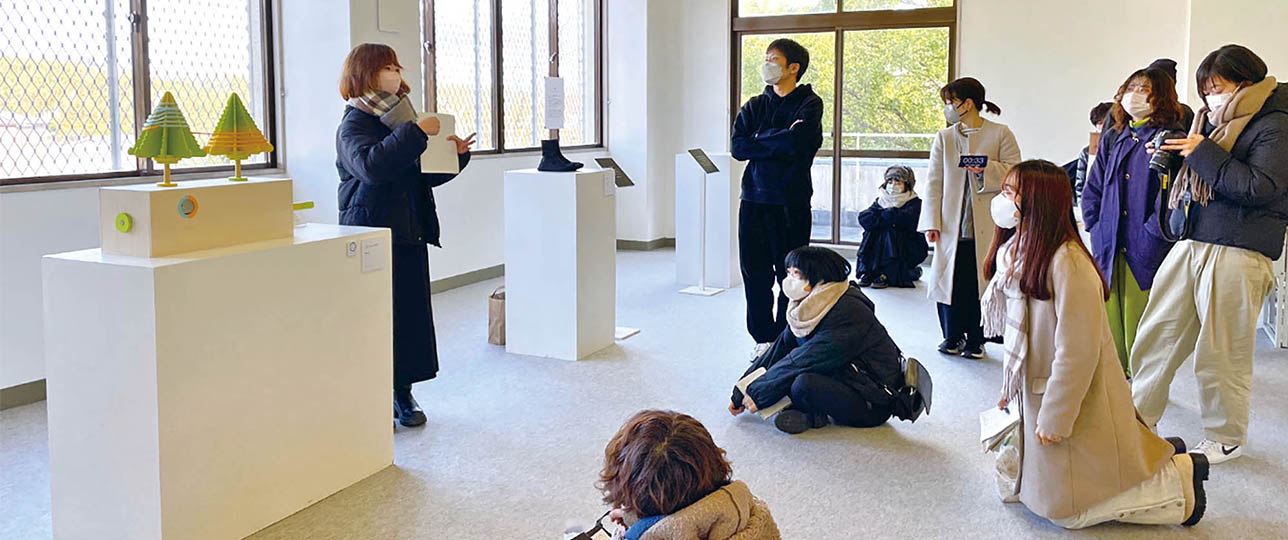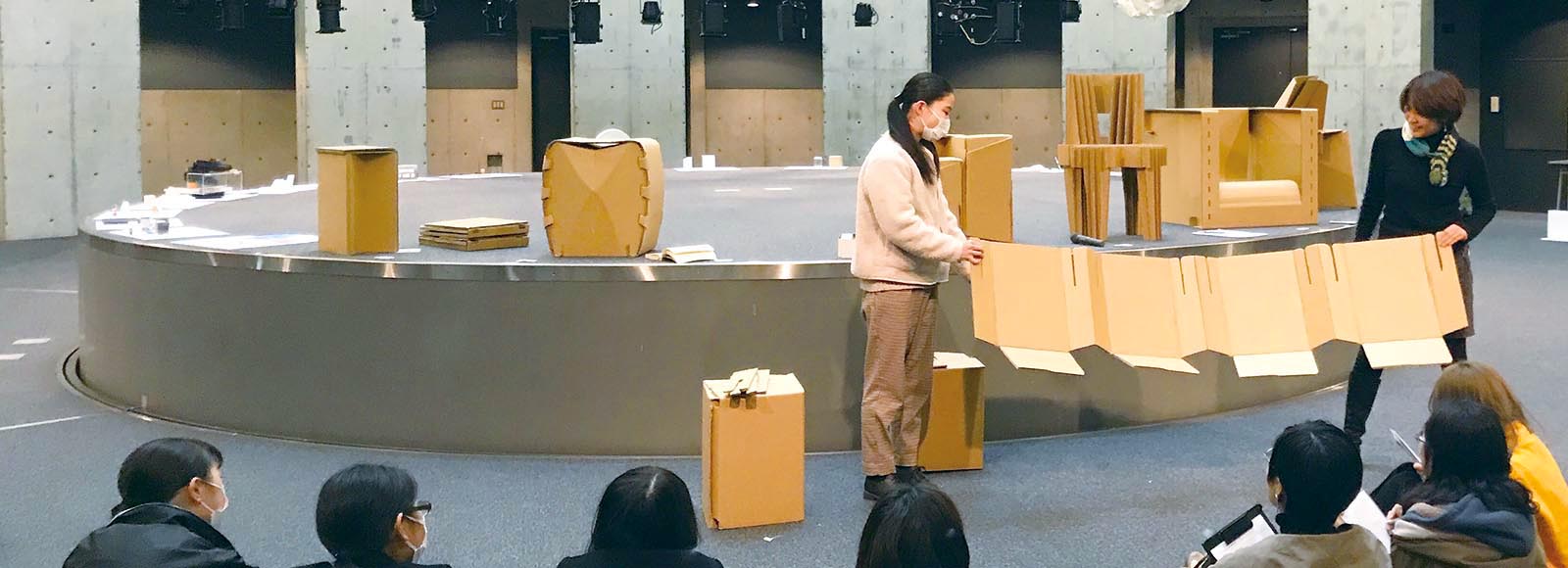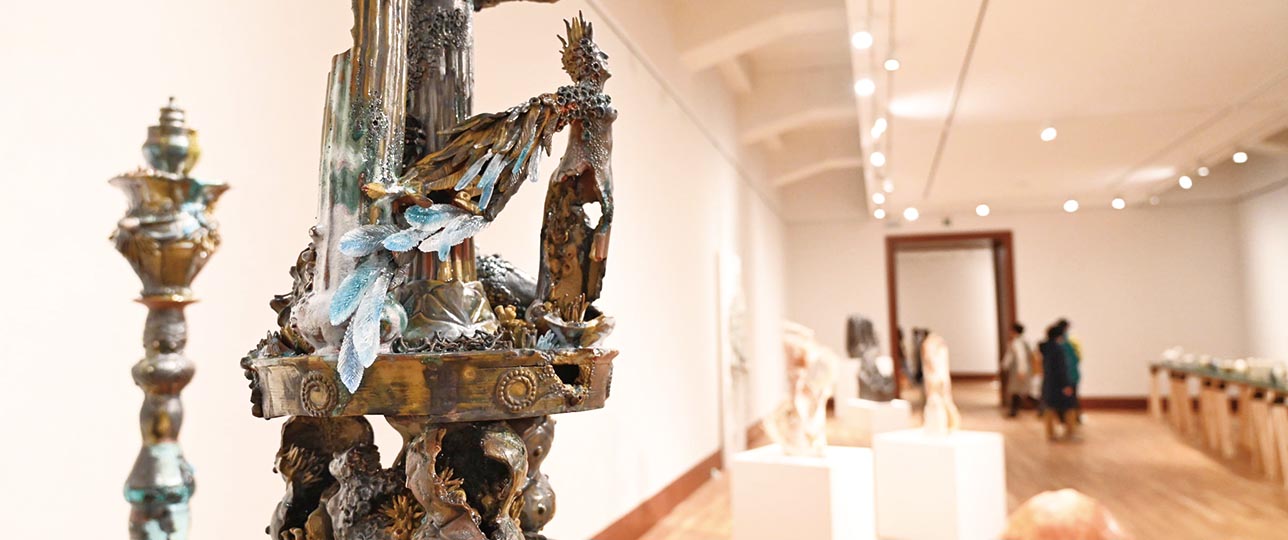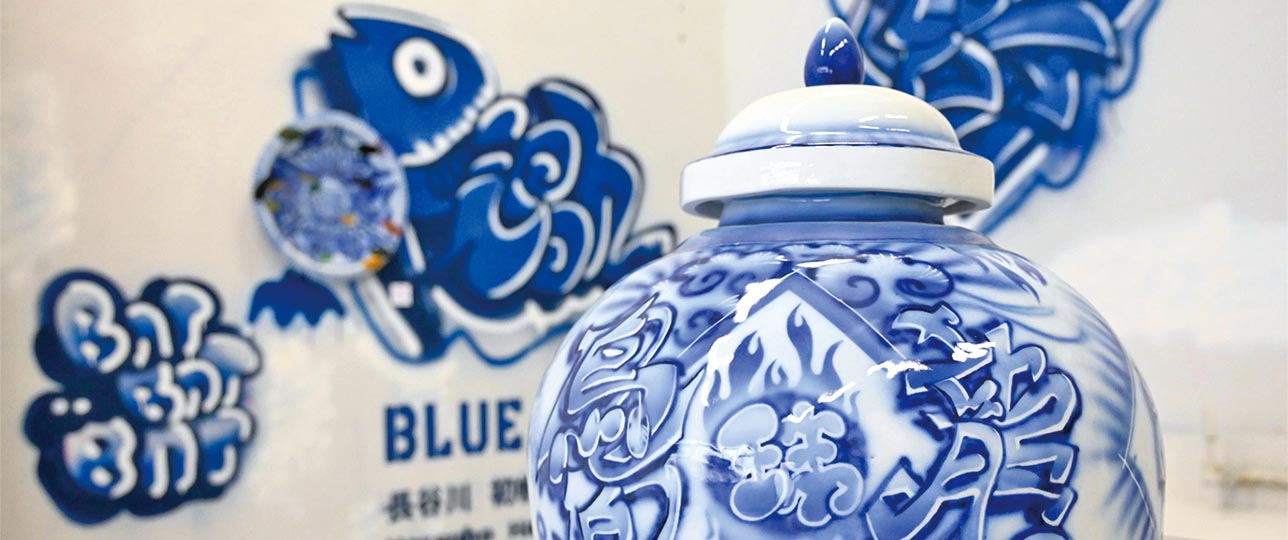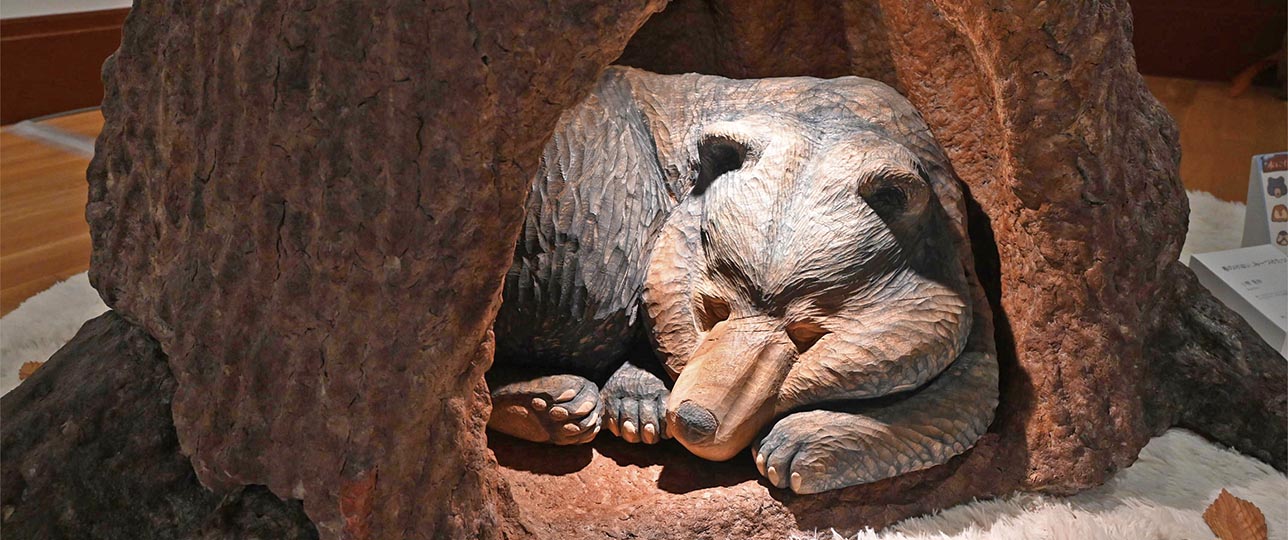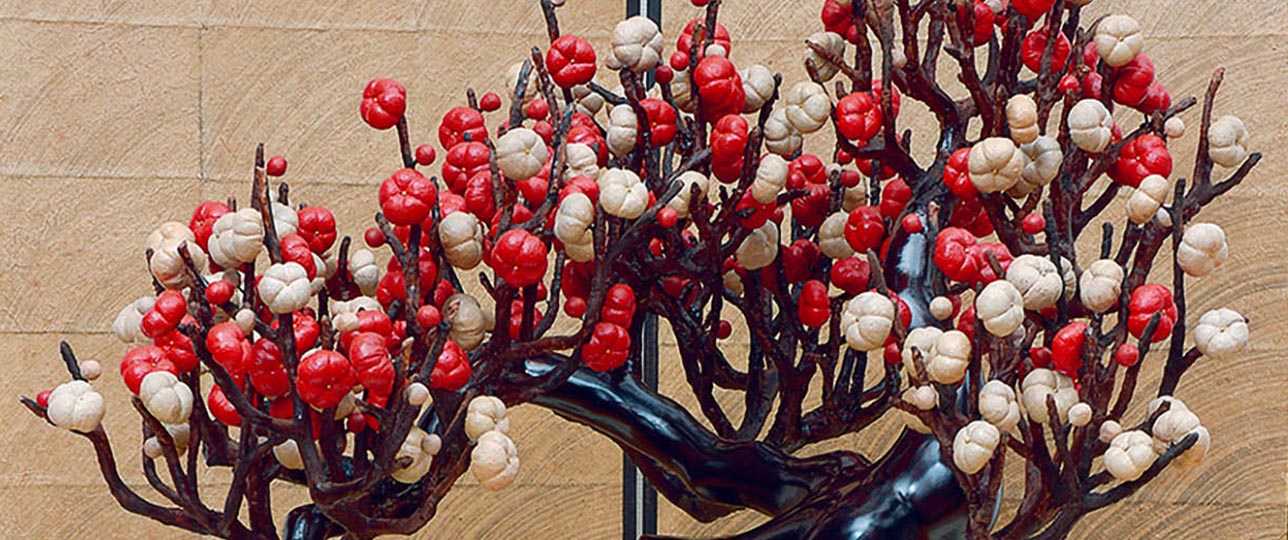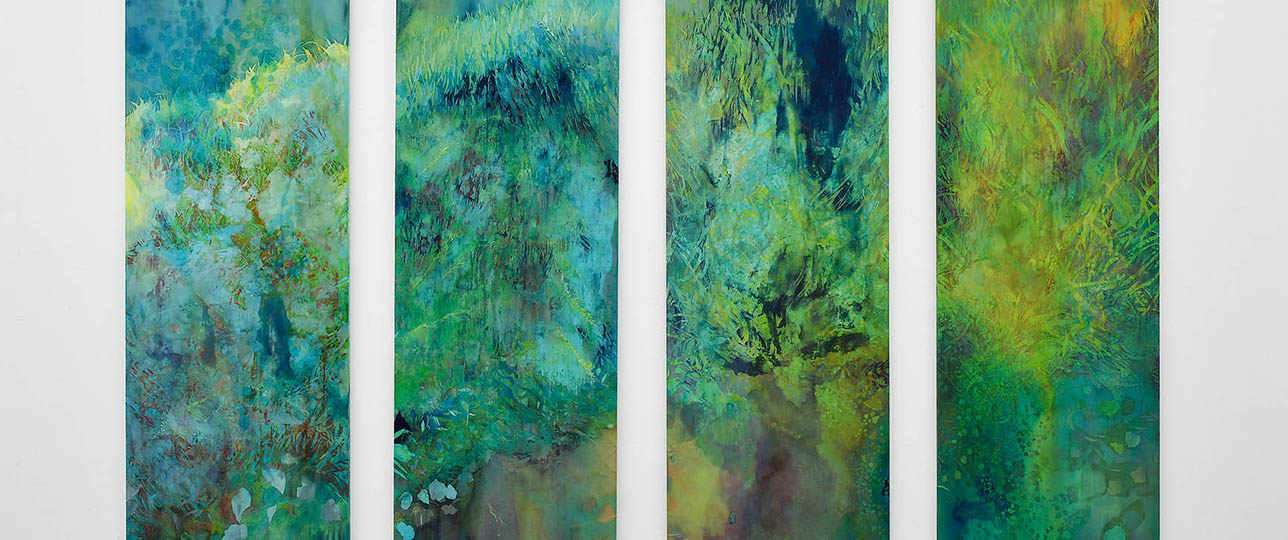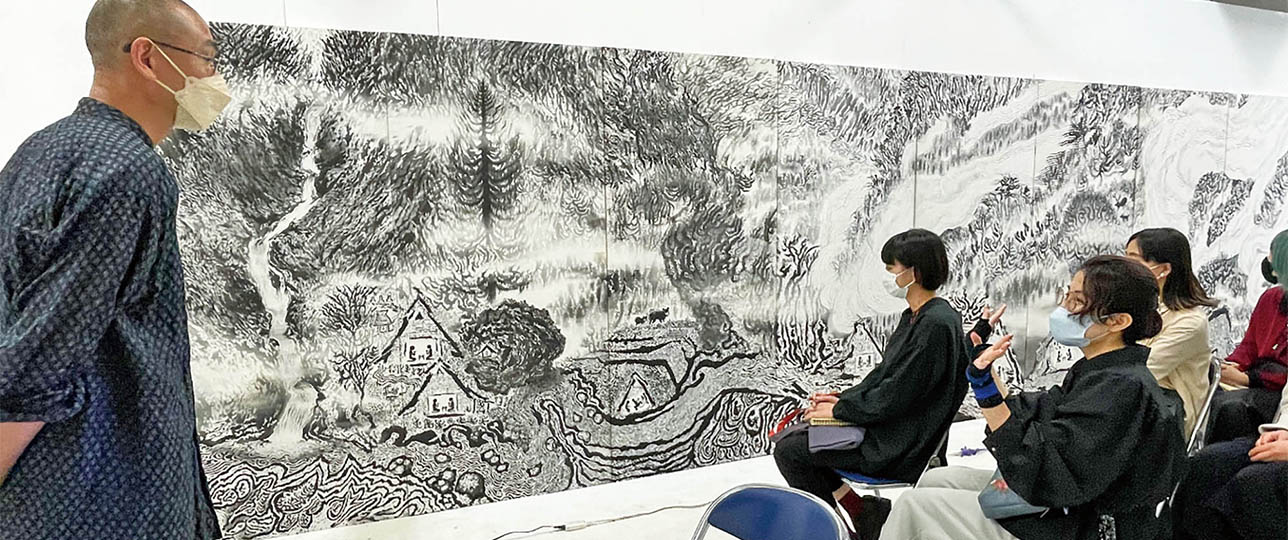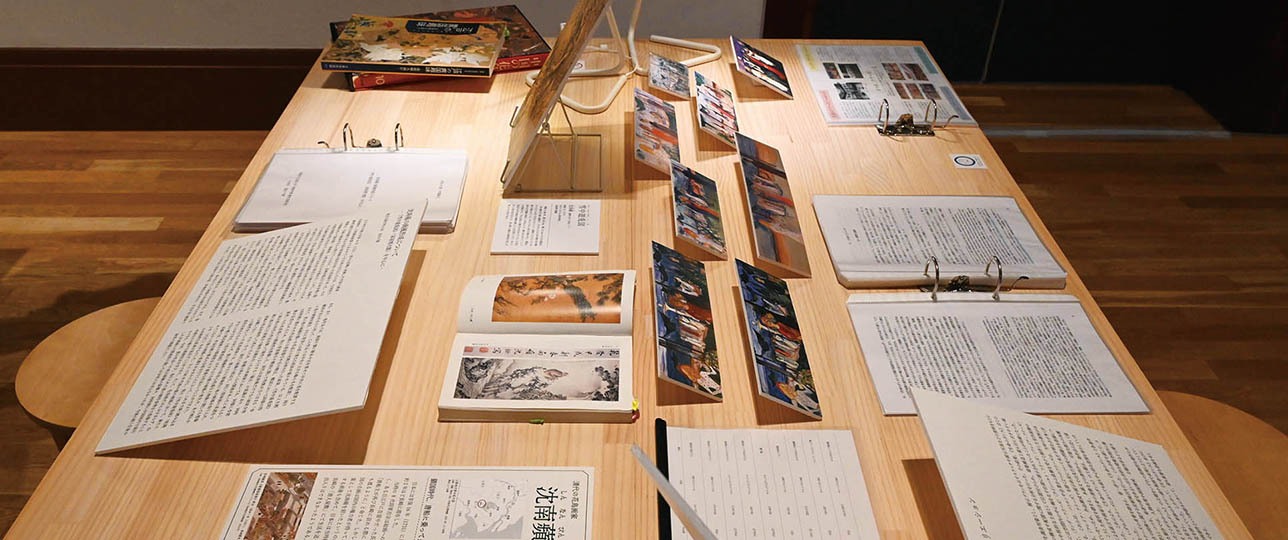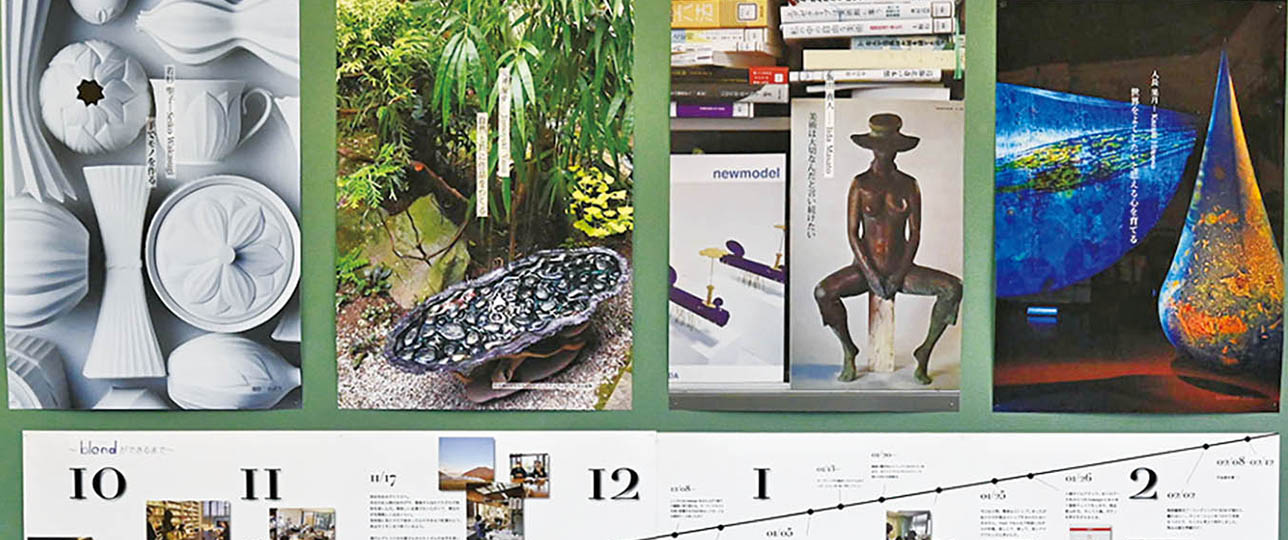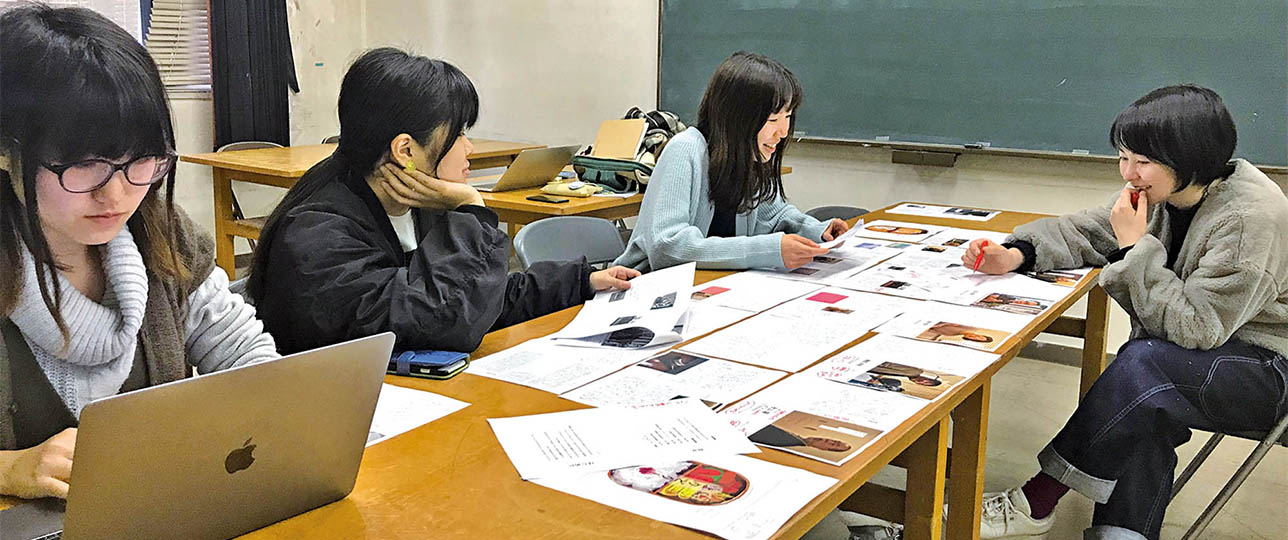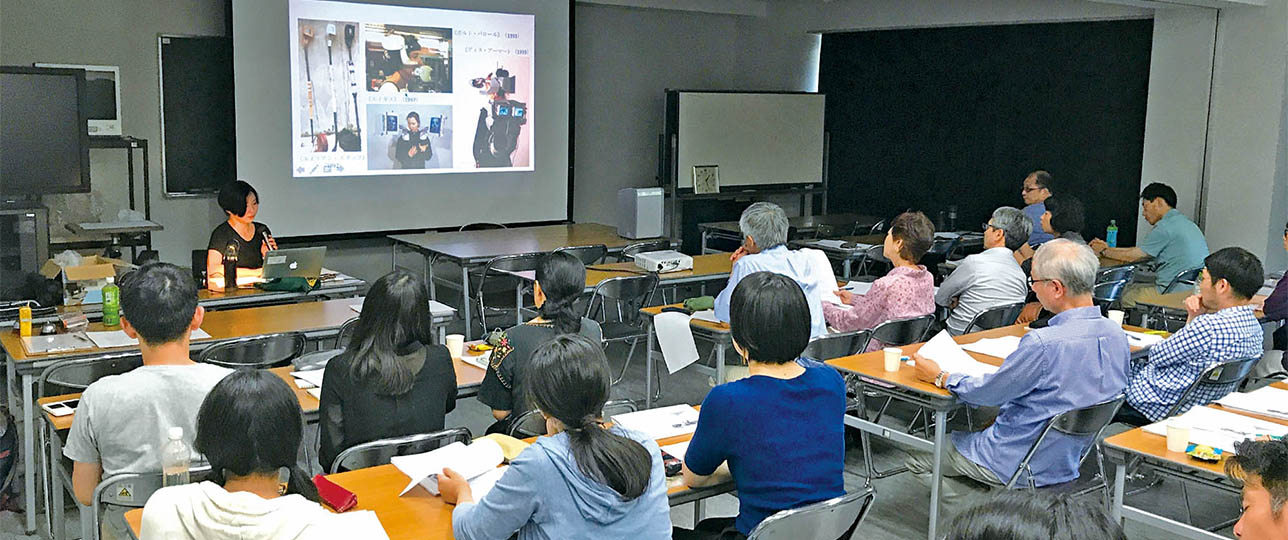Faculty of Fine Arts
Educational and Research Objectives
The objectives of the Faculty of Fine Arts are to attract and educate outstanding artists and professionals who can contribute to the creative fields of art, design and craft. This is achieved through a highly professional and cross-departmental education, reinforced with the unique and various research possibilities that only the ancient city of Kyoto can offer.
Departments
Department of Fine Arts
Nihonga
There is a fluid integration between natural and urban life in Kyoto. In the Nihonga course, the basic skills of traditional Japanese painting are taught through drawing and painting by emphasizing observation, creativity, attention to and learning from nature, and developing knowledge of mineral pigments, paper and water. The creation of their own work develops a firm sense of values and a general enrichment of life for the students. Many graduates play active roles not only in the field of art, but also in society as a whole.
Painting
With the diversification of values in contemporary society, the role of the artist is becoming increasingly complex and important. Artists need to search for and find their own motivation and unique skills before they can begin to express themselves. The Painting course starts with a foundation class taught by all the painting faculty members in the second semester of the 1st year and the first semester of the 2nd year. The individual tutorial system starts from the second semester of the 2nd year with the aim of developing each student’s unique artistic potential. An understanding of the position and importance of art in society is fostered, and the creation of independent artists with sufficient knowledge and technique is the ultimate objective of this course.
Sculpture
The motivation for expression in sculpture comes from both the natural world and the urban society in which we live. Sculpture is the recording and sharing of various ideas and concepts by converting them into real space. Sculpture is a way of seeking methods of expression by grasping various phenomena from unique points of view. It aims at establishing individuality, which plays the important role in art of connecting people, society, and nature.
Printmaking
Present day society is littered with printed matter. People have come to communicate with each other and spread information to others through a network of information that spans the globe. This phenomenon was initiated by the duplicative technique called printmaking, and there are few, if any, other developments in human history which have made such a profound impact on the world. What role can the arts play in our time? The Printmaking course recognizes print as a fine art with its unique pluralism and indirectness. Based on the four fundamental printing skills: etching, woodblock printing, lithography and silk screening, we look for contemporary techniques of expression to make full use of the unique features of other duplicative media such as photography and digital processing.
Concept and Media Planning
The Concept and Media Planning course aims at establishing a fundamental interpretation of human experience, examining, through various media, contemporary social phenomena which art has not yet fully examined. The concepts and systems of art and human activities are studied critically and new connections between different domains of activity are discovered. To achieve this, Concept and Media Planning aims at the research and creation of a new place where conventional social values and their relationships can be reconsidered.
Department of Design
Integrated Design Specialities
The Integrated Design Specialities integrate the existing Visual Design, Environmental Design and Product Design majors into one. Our curriculum combines cross-disciplinary classes with the pursuit of each individual field. After completing a basic course in design, students can concentrate on their own specialization, which consequently enables them to expand their activities to include the perspective of integrated design in collaboration with other fields of design.
Graduates of the Integrated Design Specialities have a wide range of career paths available to them. As well as employment in companies, non-profit organizations and governmental institutions, they can also go on to Graduate School at KCUA or other graduate schools in Japan or study abroad.
design B
The various trends since the modern era, such as industrialization, globalization, and informatization, have contributed to a convenient and affluent life. However, they have also brought about social issues, including environmental problems. ‘design B’ course explores what designers can propose to these critical issues beyond existing frameworks and concepts, and addresses them with more experimental and cutting-edge approaches.
The “B” in the course name is an acronym for “Becoming,” which means “generation” and “change”. We believe that this is an appropriate description of the way we reconfigure ourselves as needed, or of the ever-new, ever-evolving, ever-changing activities of design. Furthermore, it has the advantage of not specifying “this is what it is” as the output or state of design. In this course, we will construct a system of design education that can continue to adapt to constant change, and experiment with new forms of social design that are constantly changing.
Department of Crafts
Ceramics
In this course, students create objects and do research based on the study of the materials and the technical skills of ceramics. They learn basic and applied skills including the conditioning, shaping, decorating, glazing, and firing of clay. Students try to find the possibilities of expression inherent in an object that can be viewed from 360 degrees. They consider both function and quantity, the development of new techniques from traditional ones, and the creation of new unrestrained expressions. This course not only insists that students acquire techniques and create objects with professional knowledge, but also creates in students an understanding of the potential power of art in society.
Urushi Lacquering
This course has four basic fields: woodworking, kyushitsu, kanshitsu, and decoration. Students study free and creative ways of expression in lacquering by experiencing all the processes involved. They search for new possibilities of artistic expression, which are relevant to the broader community, and reveal the simple beauty of function. Both are indispensable elements of craft. After completing the course, some graduates find employment in the fields of design, architecture and art, while others become teachers and train future generations of artists.
Dyeing and Weaving
From birth our bodies are wrapped in cloth, and we continue to wear clothing until the end of our lives. Cloth is the closest material to the human body. In this course, students learn the techniques of dyeing and weaving. The history of dyeing and weaving is as old as civilization beings, and these techniques continue to develop along with us. Fabrics not only protect people but they also help to fulfill the desire for beauty in daily life. Students will learn how to handle materials such as wool, hemp and cotton, and practice both dyeing and weaving processes. They also learn how to fix colors and patterns in cloth. Through these processes, students develop their own style of expression according to the unique characteristic of each fabric.
Department of General Science of Art
General Science of Art
In modern society, art and culture are constantly changing and diversifying. In response to this, the various research fields in the arts are expanding and the need for people who are engaged in the arts is also increasing. The General Science of Art course was established not only to undertake research in conventional areas but also to meet with the changing requirements of contemporary society. The course includes themes that range from a conventional framework of the science of art to new cultural studies that go beyond the boundaries of art. Students are also able to participate in studio classes in order to facilitate a greater understanding of the process of artistic creation.



